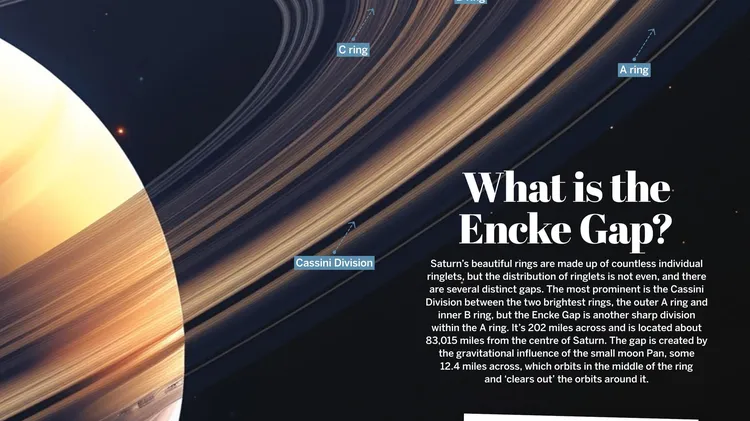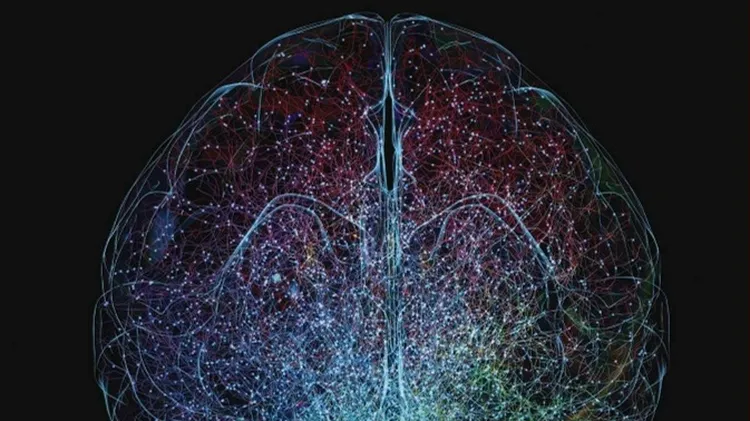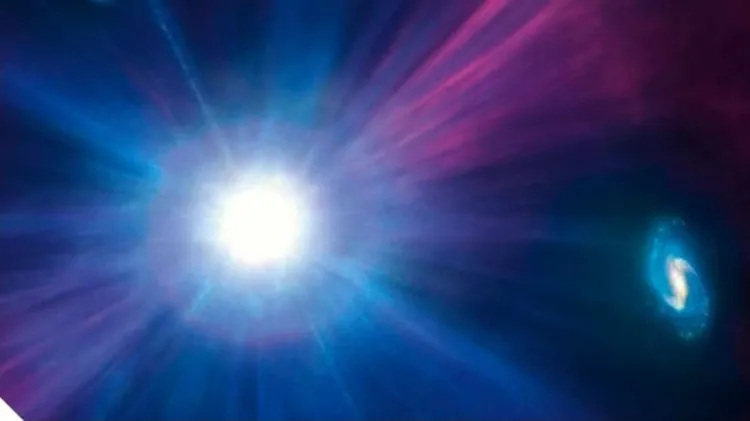Left over from the Big Bang, the cosmic microwave background gives astronomers an
Creation
9 min read
This article is from...
Read this article and 8000+ more magazines and newspapers on Readly






